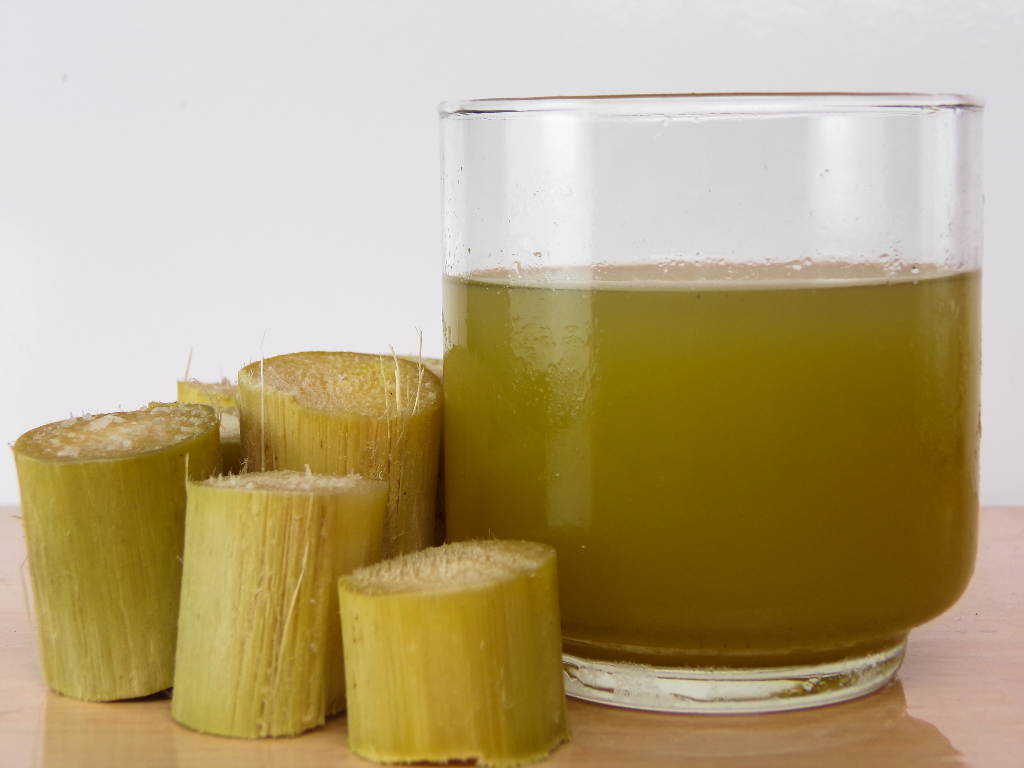INTRODUCTION
In the month of October, there was a noticeable decline in the Pol values, particularly in the Western Region. This decrease can be attributed to the ongoing cane shortage in the area, which has led to the harvesting of younger, immature cane that typically yields lower Pol content. As the Sugar Bill ascends, we are hopeful that the Sugar Board will address the various challenges facing the industry and implement the much-anticipated quality payment system.
Below is the report for October detailing the cane quality across the regions.
ANALYSED PARAMETERS
Pol which is the sucrose content in the cane juice. It’s also the essential factor in determining the sugar yield from cane.
Moisture. Represents the amount of water present in the cane at the time of analysis which is also an essential factor in determination of weight in the cane and also mills extraction and processing efficiency.
Fiber content. This the non- sucrose content organic material in the cane. While it is important for the structural integrity, excessive fiber can also hinder the process of extraction and reduce sugar recovery.
The total number of NIRs samples analyzed across all regions for this reporting month is 654.
The n regions are represented by the CTUs as follows,
Western region (Butali Ctu,Nzoia Ctu,Mumias Ctu And West Kenya Ctu)
Nyanza Region (Kibos Ctu, Chemilil Ctu,Muhoroni Ctu)
South Nyanza Region (Sony Ctu,Transmara Ctu And Sukari Ctu)
Coast Region (Kwale Ctu)
The table below represent an average NIRs analysis for cane pol, moisture and fiber within different regions, for the month of October2024.
|
REGION |
AVARAGE POL% |
AVERAGE BRIX% |
AVERAGE MOISTURE% |
AVERAGE FIBRE% |
AVARAGE PURITY% |
|
WESTERN REGION |
10.89 |
13.26 |
69.63 |
17.12 |
81.96 |
|
NYANZA REGION |
12.28 |
14.81 |
66.32 |
18.88 |
82.87 |
|
SOUTH NYANZA REGION |
12.43 |
14.98 |
65.87 |
18.65 |
82.92 |
|
SOUTHCOAST REGION |
- |
- |
- |
- |
- |
CHALLENGES ACROSS REGIONS
- Cane Shortage and Immature Cane Harvesting
Cane shortages in some regions, particularly in the Western Region, have led to the harvesting of younger, immature cane. This has directly contributed to a decline in Pol levels, as immature cane typically results in lower sucrose content.
- Sampling Challenges
Several CTUs were unable to conduct sampling during the reporting period due to various factors, including mill breakdowns and unsolved civil works that has continually obstructed truck access to the mills, with Mumias being a notable exception, as it has yet to begin sampling.
- Lack of Integration Between CTUs and Mills Weighbridge
There is a pressing need to establish a link between the CTUs and the mills' weighbridge systems. This would streamline the process of capturing consignment details and improve the accuracy and efficiency of data collection across all regions.
- Late Truck Arrivals and Low Cane Volumes
Delayed truck arrivals and low cane volumes have contributed to a reduction in the number of cane samples taken during the month. This has affected the quality of the data collected, making it more difficult to assess the true state of cane quality in the regions.
- Frequent Mill Breakdowns
Recurrent mill breakdowns have resulted in frequent stoppages in cane delivery, which in turn has led to a lower number of cane samples being analyzed. These interruptions significantly affect the overall efficiency of the milling process
RECOMMENDATIONS
- Address Cane Shortage Issues
Improve cane supply management: Encourage farmers to adopt better agricultural practices to increase cane yield and explore alternative cane supply sources in areas facing shortages.
Incentivize cane maturity: Introduce a quality payment system based on maturity and sucrose content to motivate farmers to harvest mature cane, thereby improving Pol levels.
- Resolve Sampling Issues
Improved logistics and coordination: Establish contingency plans and flexible sampling schedules to accommodate interruptions such as mill breakdowns and civil works.
Mumias and other lagging CTUs: Prioritize the initiation of sampling at Mumias and other mills that have not yet started. Work with these mills to troubleshoot any barriers to sampling and ensure full participation.
- Integrate CTUs with Mills Weighbridge Systems
System integration: Collaborate with IT teams at the mills and CTUs to establish an automated link between the weighbridge and the CTUs, enabling real-time data capture and analysis.
Data sharing: Set up a centralized database for tracking consignment details, making it easier to monitor and evaluate cane quality and ensure transparency in reporting.
- Address Delayed Truck Arrivals
Timely coordination: Implement a more reliable trucking schedule and improve coordination between the sugar mills, CTUs, and transportation companies to minimize delays in cane deliveries.
- Reduce Mill Breakdowns
Preventive maintenance: the mills should be encouraged to develop a robust maintenance schedule to ensure that mills are well maintained and reduce the frequency of breakdowns. Implement regular checks and invest in better equipment or training for maintenance staff.
- Emergency response plans: Prepare contingency plans for handling breakdowns, including standby equipment and emergency maintenance teams to minimize downtime.
CONCLUSION
The analysis of the cane quality across the regions highlights major challenges and recommendations that gives room for improving as we head towards adapting the proposed quality based payment system.
Prepared by: Etherly Barasa of Nzoia Cane Testing Unit

